1. Almost a third (31%) of c-store retailers claim the soft drinks category drives the most footfall
2. Flavoured Carbonates is the third largest sub-category in soft drinks worth over £357m, +2% YOY
3. Premier’s Pop Caves are adding excitement to the category
4. 63% of shoppers would prefer if their drinks were made with more natural ingredients
5. Sales of one-litre and multi-pack formats are up 16% YOY
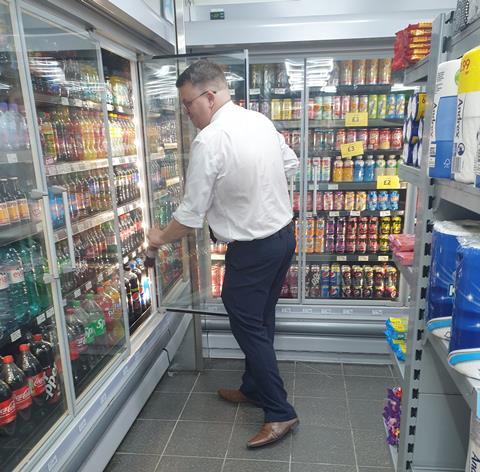
1. Almost a third (31%) of c-store retailers claim the soft drinks category drives the most footfall
With summer holidays on the horizon, shoppers are side-eyeing the mirror and planning to cut out carbs so they can fit into last year’s swimsuit. Yet there’s one ‘carb’ they don’t plan to cut back on when the sun shines: carbonated drinks.
“Almost one-third (31%) of convenience retailers say soft drinks drive more footfall in their stores than any other category [Lumina Intelligence] and soft drinks are now worth £3.3bn annually to convenience retailers [Nielsen],” says Amy Burgess, senior trade communications manager at Coca-Cola Europacific Partners (CCEP). “Also, nearly one-third (31%) of soft drink shoppers in convenience are on a food-to-go mission [Lumina Intelligence] so including single cans and bottles in chillers next to sandwiches and on-the-go snacks can drive incremental sales.”
Anita Nye of Eldred Drive store in Kent says that the key to the category is keeping on top of it and regularly making sure that it’s always well-stocked. She makes room for all the fast-sellers, like the colas and Diet Coke and advises using double facings if you can to save time. Anita also makes sure that there’s no chilling time required for a display that constantly needs replenishing.
“Keeping them chilled is also important,” she says. “So we’ve got door chillers for our soft drinks but we’ve also got a cold room out the back. That means that there’s no break in cold drinks, they’re constantly cold. And it does stop people raking through the chiller – there’s nothing worse! They don’t have to go right to the back to find a chilled drink because they’re cold at the front anyway.”
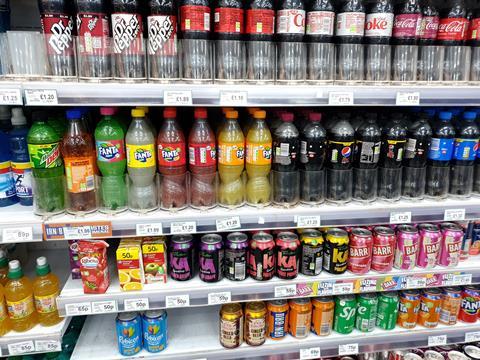
2. Flavoured Carbonates is the third largest sub-category in soft drinks worth over £357m, +2% YOY
Kenton Burchell, group trading director at Bestway Wholesale, predicts that fruit-flavoured variants are going to be the gift that keeps giving for c-stores in 2024.
“Flavour choice and innovation in the Fruit Flavoured Carbs sub-category will continue as consumers look for new and exciting products,” he says.
And he’s not wrong. Shoppers seemingly can’t quench their thirst fast enough for fruity twists on existing brands. Already this year we’ve had Coca-Cola Lemon and Coca-Cola Sugar Lemon, plus Tango Mango.
Anita welcomes soft drinks NPD. “New products are really important because they help us mix it up a bit. People can get complacent [with their choice of soft drinks] whereas if we change the selection and add something new they go for something new.”
Jaz Kular of Grimsargh Village Store (Premier) in Preston says that social media is vital for inspiring customers around new soft drinks. “We use a company called Orrest Digital for our social media – and you can see the power of selling new products … you can put post them on Facebook and you really see the difference in terms of sales.”
“Data indicates Flavoured Carbonates is the third largest category in Soft Drinks and is now worth over £357m and growing +2% YoY [ibid]” says Adrian Hipkiss, commercial director at Boost Drinks.
“Tropical is the second fasted growing fruit flavour in the category, growing +22% and adding +£2.5 million RSV in the last year [Circana]. Rio, which contains exotic guava and passion fruit is growing +3% YoY (ibid) and is in the top three ROS of all fruit carbonates (ibid).”
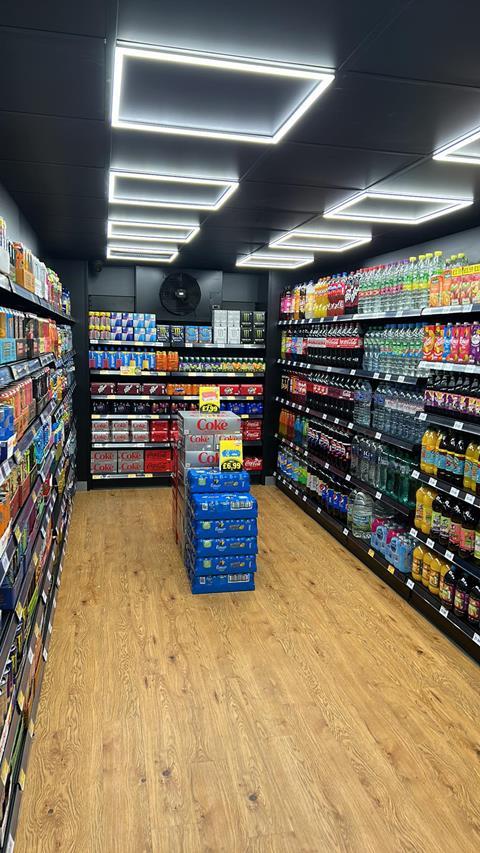
3. Premier’s Pop Caves are adding excitement to the category
For a core c-store category carbonated drinks can feel a bit unloved since they’re just stuck in a fridge often near the back of the store. Premier is aiming to change that with its new Pop Cave concept (following on from its Beer Caves in 2021).
Basically a chilled room in which retailers can stock all soft drinks it promises some in-store theatre, while being up to 30% cheaper to chill than normal refrigeration. A key selling point is also that retailers are able to stock an extended range.
Jaz re-opened his Premier store on 8 March with a refit that included a Pop Cave installation. His cave is 26 sq ft and houses 19 individual bays of pop.
“It’s aimed at making less work for us” he says. “We can have a bigger, better-looking display of soft drinks and basically never run out. Previously we didn’t have much storage – but now everything we have delivered goes straight into the Pop Cave and that’s it. We just get loads more facings and the pop lasts longer. Already, our sales have actually gone up, and that’s because people like to see a bigger, more imposing display. People have responded well to it.”
As variants expand, Jaz embraces the opportunity to showcase brands’ extended ranges.
“As the new products came out you were constantly trying to re-planogram your fridge,” he says. “But now the range can change as much as it wants because we’ve got the space available for it to do so.”
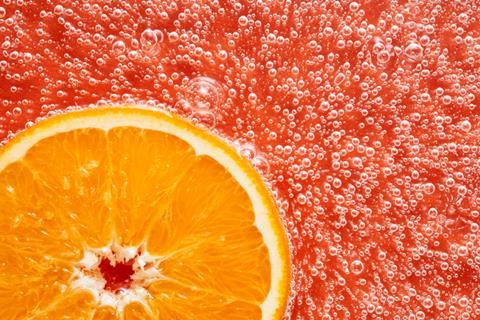
4. 63% of shoppers would prefer if their drinks were made with more natural ingredients
The days of kids stickily clutching sugar-laden fizzy drinks over summer seem to be long gone. Spurred on by the threat of HFSS legislation, the industry has been quick to switch up to sugar-free across their lines.
In fact, Burgess claims Coca-Cola Zero Sugar is now the “fastest-growing major cola brand by both value and volume [Nielsen Total GB MAT val and vol WE 30.12.23]”, out-pacing the ‘full-fat’ sugar variants. This trend is widely reflected in current NPD.
“Sugar Free flavours in NPD has been an area manufacturers have focused on as health is a consideration for consumers looking for moderation,” says Bestway Wholesale’s Burchell.
But there’s evidence shoppers are now looking beyond sugar to consider the rest of the on-pack ingredients too.
“45% of customers consider health benefits as the most important factor when choosing drinks, the second being “natural ingredients”, both factors being ranked more important than price [Proof insights report 2023],” says Milly Tuck, senior brand manager at Cawston Press.
“At Cawston Press, we want to highlight how it is possible to create sparkling soft drinks from simple ingredients with no hidden sweeteners, no concentrates and no added sugar - what we call, No Jiggery Pokery. Consumers are placing a higher value on the transparency of ingredients, with 51% of global consumers concerned about the hidden ingredients in food and drink, disguised as complex labelling [FMCG Gurus health and wellness trends report 2023].”
To meet this market, which Tuck says will “witness remarkable growth” in the coming years, the brand has a sparkling juice drinks range that includes Cloudy Apple and Sparkling Orange, Rhubarb, Ginger Beer and Elderflower Lemonade, plus Sparkling Cloudy Lemonade, which is new for 2024.
This trend is also playing out in carbonated drinks that deliver healthy functional benefits other than energy.
“Based on the research and trends we’re seeing across our own customer base, there’s definitely an increasing desire for functional healthy drinks, particularly in the gut health space, where we’ve seen a number of launches in the last six months and also drinks that support cognitive and mental health - as epitomised by drinks containing CBD and other adaptogens,” says Emma Thackray, co-founder of Hip Pop.
“Frequency and rate of sale of traditional ‘unhealthy’ soft drinks is on the decline. We’ve seen rate of sale decline by 12% in the last 12 months for drinks that are household names – this would have been unthinkable only a couple of years ago. Functional drinks are on the rise and taking their place.”
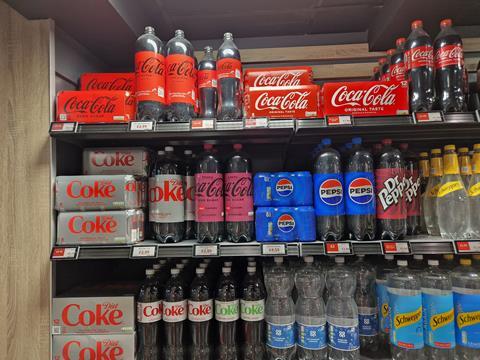
5. Sales of one-litre and multi-pack formats are up 16% YOY
While drink-on-the-go formats are always going to rule in c-stores, retailers with the space should be aware that bigger packs are chiming with thrifty consumers.
“Balance is key, both in terms of offering choice across a range of categories, and stocking different formats,” says Burgess.
“Chilled single bottles and cans are ideal for those on-the-go opportunities as consumers look to get out and about in the sunshine and should be placed in the chiller ready to be enjoyed straight away. Take-home packs are suited to at-home seasonal occasions, like barbecues and sports nights, so both have a role to play.”
Hipkiss adds that bigger packs can also tap into the everyday needs of the post-pandemic working-from-home crowd. Meanwhile, across the board, PMPs are the way to clearly communicate value.
“Clear pricing eliminates the need for customers to inquire about prices, streamlining the decision-making process and potentially resulting in more impulse buys,” he says.
“With prices clearly marked on the packaging, customers are more inclined to make purchases, particularly when they feel confident about the value they are receiving. What’s more, when consumers see market-leading brands communicating great value on fixture, this presents a compelling reason to purchase – driving ROS.”




















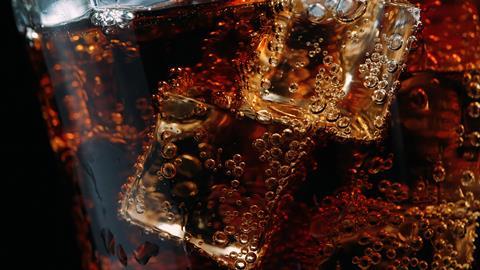
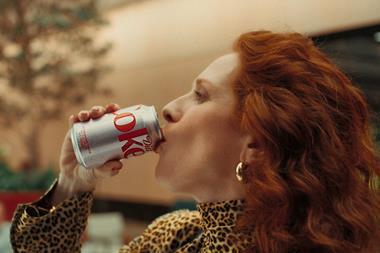


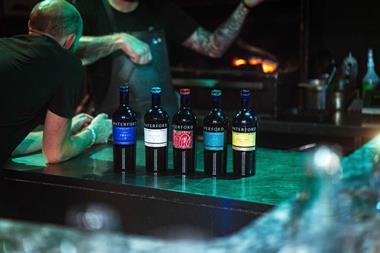
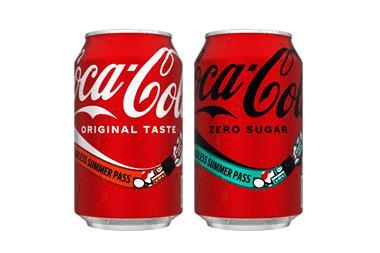
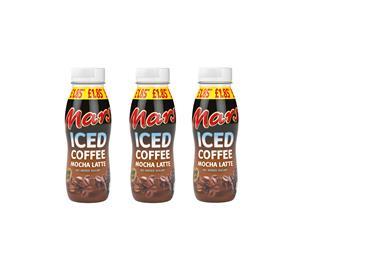

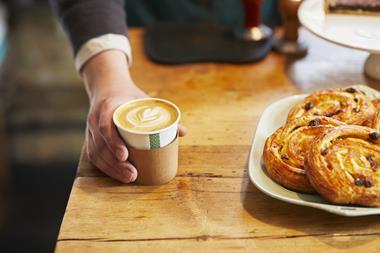


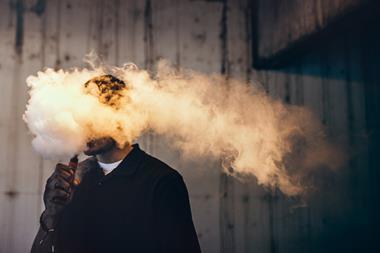
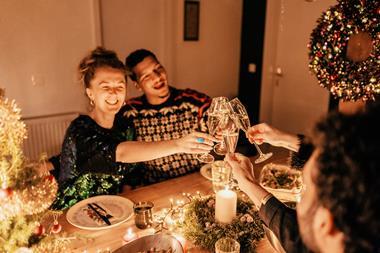
No comments yet